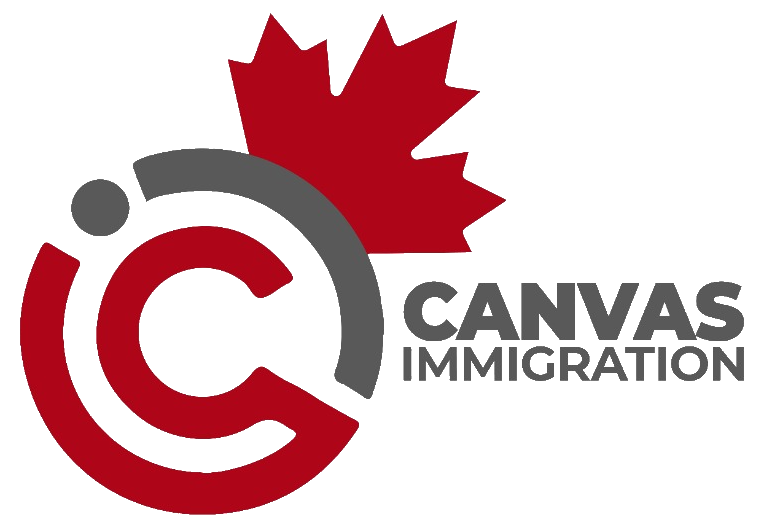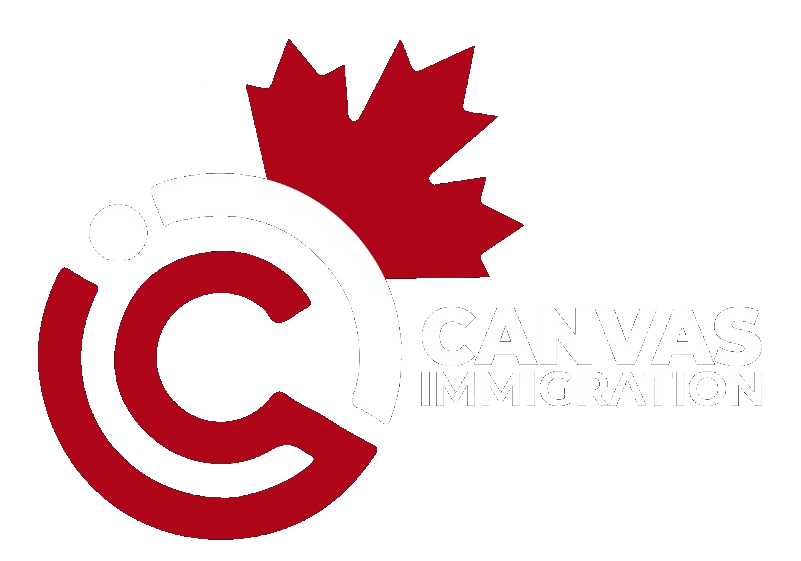Last Updated On 3 February 2025, 8:21 AM EST (Toronto Time)
In a significant escalation of trade measures, the Canadian government has announced the imposition of a 25% tariff on $30 billion worth of goods imported from the United States, effective February 4, 2025.
This decision comes as a countermeasure in response to ongoing trade disputes between the two nations.
These countermeasures will stay in place until the United States eliminates its tariffs on Canada but do not apply to US goods that are in transit to Canada on the day they go into effect.
Below is the full list of products that will be affected by the 25% tariff effective February 4, 2025.
Table of Contents
The tariffs will specifically target goods that are eligible to be marked as products of the United States under the Determination of Country of Origin for the Purposes of Marking Goods (CUSMA Countries) Regulations.
The list of products impacted includes:
- Live poultry, including chickens, ducks, geese, turkeys, and guinea fowl.
- Fresh, chilled, or frozen meat, poultry, and edible offal (internal organs).
- Pig fat, free of lean meat and poultry fat, not rendered or otherwise extracted, fresh, chilled, frozen, salted, in brine, dried, or smoked.
- Milk and cream, including yogurt, buttermilk, curdled milk and cream, whey, and kefir.
- Butter and other fats and oils derived from milk; dairy spreads.
- Cheese and curd.
- Eggs.
- Natural honey.
- Tomatoes, fresh or chilled.
- Leguminous vegetables, shelled or unshelled, fresh or chilled, such as beans.
- Fruits and nuts, fresh or dried, whether or not shelled or peeled.
- Citrus fruit, fresh or dried, such as oranges and mandarins, grapefruits, and lemons.
- Melons (including watermelons) and papayas.
- Apricots, cherries, peaches (including nectarines), and plums.
- Coffee, whether or not roasted or decaffeinated.
- Tea, whether or not flavoured, as well as maté.
- Pepper, vanilla, cinnamon, nutmeg, mace, and cardamom.
- Seeds of anise, badian, fennel, coriander, cumin, or caraway; juniper berries.
- Ginger, saffron, turmeric, thyme, bay leaves, curry, and other spices.
- Wheat, rye, barley, oats, and rice.
- Vegetable saps and extracts.
- Fish and liver oils.
- Groundnut, palm, sunflower, rapeseed, mustard, and other oils.
- Margarine and other butter substitutes.
- Sausages and similar products as well as other prepared or preserved meat.
- Crustaceans and mollusks.
- Cane or beet sugar, as well as other sugars such as lactose, maltose, glucose, and fructose, as well as molasses.
- Sugar confectionery, chocolate, cocoa, and white chocolate.
- Malt extract.
- Pasta, whether or not cooked or stuffed (with meat or other substances) or otherwise prepared, such as spaghetti, macaroni, noodles, lasagna, gnocchi, ravioli, cannelloni and couscous.
- Bread, pastry, cakes, biscuits, and other bakers’ wares.
- Pizza and quiche.
- Cucumbers and gherkins.
- Peanut butter and ground nuts and seeds, whether or not mixed together.
- Fruit, nut, and vegetable juices, including orange juice.
- Sauces and other preparations, including soy sauce, ketchup, and mustard.
- Soups and broths.
- Ice cream and syrups.
- Beer and wine.
- Vermouth.
- Other fermented beverages such as cider and sake.
- Rum, whiskies, and other spirits.
- Angostura bitters.
- Tobacco, cigars, and cigarettes.
- Natural sands of all kinds, such as silica.
- Beauty and make-up.
- Shampoos and hair products.
- Products used for oral or dental hygiene, such as toothbrushes and dental floss.
- Personal deodorants and antiperspirants.
- Shaving products.
- Soap, bath salts, and bath products.
- Casein and albumins.
- Peptones and their derivatives.
- Floor coverings.
- Self-adhesive plates, sheets, film, foil, and tape.
- Baths, shower-baths, sinks and washbasins, toilet seats.
- Sacks and bags.
- Tableware and kitchenware.
- Doors, windows, and their frames.
- Shutters and blinds.
- Rubber that is used in tires and other products.
- Saddlery and harness for any animal.
- Trunks, suitcases, vanity cases, executive cases, briefcases, school satchels, and similar containers.
- Handbags and wallets.
- Golf bags.
- Tool bags, haversacks, knapsacks, packsacks, and rucksacks.
- Clothing and apparel.
- Wood sawn or chipped lengthwise, sliced, or peeled.
- Sheets for veneering (plywood).
- Bamboo.
- Particle board.
- Fiberboard.
- Builders’ joinery and carpentry, such as assembled flooring panels, beams, and engineered structural timber products.
- Mechanical and chemical wood pulp.
- Envelopes, toilet paper, and facial tissue.
- Tablecloths and serviettes.
- Cartons, boxes, cases, bags, and other packing containers.
- Binders, albums, and books.
- Trays, dishes, plates, cups, and the like, of paper or paperboard.
- Trade advertising material and commercial catalogues.
- Carpets and other textile floor coverings.
- Coats and jackets, suits, blazers, dresses, shirts, underwear, sweaters, swimwear, gloves, and other clothing.
- Vintage (worn) clothing.
- Footwear.
- Hats.
- Blankets and rugs.
- Bed linen, toilet linen, and kitchen linen.
- Furniture.
- Tents and tarps.
- Ceramic sinks, wash basins, wash basin pedestals, baths, bidets, water closet pans, flushing cisterns, urinals and similar sanitary fixtures.
- Glassware used for table, kitchen, toilet, office, indoor decoration, or similar purposes.
- Precious metals, diamonds, silver, platinum, and articles of jewellery.
- Imitation jewellery.
- Stoves, ranges, grates, cookers, barbecues, gas rings, plate warmers, and other similar appliances.
- Pliers and hand-operated spanners and wrenches.
- Hand tools, including drilling, threading, or tapping tools.
- Knives and other cutting instruments with blades.
- Razors and razor blades.
- Forks, spoons, and other cutlery.
- Padlocks and locks.
- Clasps, hat racks, hat pegs, brackets, and similar fixtures.
- Table, floor, wall, window, ceiling, or roof fans.
- Air or vacuum pumps, air or other gas compressors and fans; ventilating or recycling hoods incorporating a fan.
- Refrigerators, freezers, and other refrigerating or freezing equipment.
- Machinery, plant, or laboratory equipment.
- Dishwashers.
- Snowplows and snowblowers.
- Mowers for lawns, parks, or sports grounds.
- Harvesting or threshing machinery, including straw or fodder balers; grass or hay mowers; machines for cleaning, sorting or grading eggs, fruit or other agricultural produce.
- Household or laundry-type washing and drying machines.
- Vacuum cleaners.
- Other food appliances, such as food grinders and mixers.
- Shavers and hair clippers.
- Irons.
- Ovens, cookers, cooking plates, boiling rings, grillers, and roasters.
- Bread makers, indoor smokeless barbecues, and rice cookers.
- Tea and coffee makers.
- Toasters.
- Fabric steamers.
- Electronic cigarettes and similar personal electric vaporizing devices.
- Motorcycles.
- Unmanned aircraft.
- Revolvers and pistols.
- Muzzle-loading firearms.
- Sporting, hunting, or target-shooting shotguns, including combination shotgun-rifles.
- Pump or slide-action shotguns.
- Apparatus for the destruction of predatory animals by the discharge of poisonous cartridges; automatic explosive bird-scaring devices.
- Other firearms and similar devices which operate by the firing of an explosive charge.
- Bombs, grenades, torpedoes, mines, missiles, and similar munitions of war and parts thereof, including cartridges and pellets.
- Chairs and seats.
- Office furniture.
- Wooden and plastic furniture.
- Mattresses, mattress supports, articles of bedding, and similar furnishings.
- Quilts, bedspreads, eiderdowns, and duvets.
- Pillows, cushions, and similar furnishings.
- Chandeliers and other electric ceiling or wall lighting fittings.
- Electric table, desk, bedside, or floor-standing lighting.
- Lighting strings such as those used for Christmas trees.
- Non-electrical lamps and lighting fittings.
- Video game consoles and machines, table or parlour games, and playing cards.
- Cigarette lighters and other lighters.
- Paintings, drawings, and pastels.
This move is expected to increase the cost of many consumer goods in Canada, potentially leading to higher prices or shifts in consumer behaviour towards domestic or alternative import sources.
Retailers and manufacturers are bracing for impacts on supply chains and might adjust pricing or sourcing strategies accordingly.
For U.S. exporters, these tariffs represent a significant barrier, potentially affecting sales volumes and prompting a reevaluation of market strategies.
This could lead to negotiations for a resolution or further retaliatory measures from the U.S., escalating the trade conflict.
Business leaders are calling for swift negotiations to resolve the underlying issues, emphasizing the need for a stable trade environment.
Canadian retailers are already looking at alternatives, while U.S. businesses might seek exemptions or engage in lobbying efforts back home.
The government has justified these tariffs as a necessary response to protect Canadian industries and jobs, highlighting the reciprocal nature of trade relations.
However, there’s a call from some quarters for a more diplomatic approach to resolve trade disputes without impacting consumers and businesses further.
The coming weeks will be crucial as both nations navigate this new chapter in their economic relationship.
Stakeholders from both countries are keenly watching for any signs of diplomatic or trade policy shifts that could either de-escalate or further complicate the situation.
For more information or to understand how these tariffs might affect your business or personal consumption, visit the Canada Border Services Agency’s website or consult with local trade experts.
Gagandeep Kaur Sekhon
Something went wrong. Please refresh the page and/or try again.
You may also like: 3 New CRA Benefit Payments For Ontario Residents in February 2025
2 New Canada Permanent Residency Pathways For Rural Communities
New Canada Caregiver Programs To Open On March 31, 2025
New CRA Tax Changes That Could Make or Break Your Bank Account
Top 10 Most Dangerous Cities In Canada For 2025 | New List

